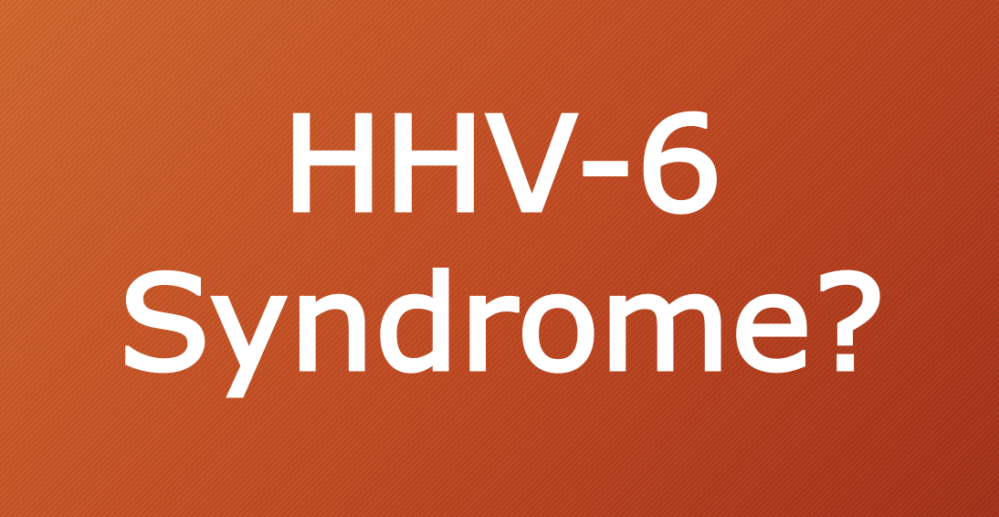A group from Paris studied a cohort of patients with lymphoma who experienced HHV-6 reactivation after intensive chemotherapy and autologous hematopoietic cell transplant (autoHCT). While many studies have highlighted the effects of HHV-6 reactivation in transplant patients and immunosuppressed populations, only a handful of studies have been published on the implications of HHV-6 in this unique transplant population.
In their study, HHV-6 was detected in blood samples from just 27 of 316 autoHCT recipients (8.5%), a frequency which is lower than that typically observed after cord blood or other HCT. Of these 27 patients, however, thirteen (48.2%) were diagnosed with “symptomatic HHV-6 reactivation,” based on strict diagnostic criteria which required the absence of any other pathogen or drug-related side effect as a potential cause of the observed symptom. Associated symptoms included fever (100%), diarrhea (61.5%), skin rash (46.1%), and pneumonia (23.1%).
Of note, skin biopsies from 3 patients demonstrated histopathological evidence of viral injury (cytopathogenic effect with nuclear inclusion) suggestive of HHV-6 cutaneous infection. Thrombocytopenia requiring platelet transfusion at the time of the first positive HHV-6 PCR was also reported frequently (61.5% of symptomatic patients). Antiviral treatment was administrated in 69% of cases (9/13), and was associated with a rapid improvement in both viral load and clinical status for all patients (although two patients required stabilization in the ICU).
Based on their findings, the authors emphasize that HHV-6 reactivation should be considered as a cause of possible unexplained fever in lymphoma patients receiving autoHCT, and future studies should be undertaken to determine additional risk factors and appropriate management of symptomatic HHV-6 reactivation in autoHCT recipients.
In a published response to the Paris study, a group from Genoa, Italy, described a group of 11 patients who all experienced rash within 30 days after transplant as the dominant symptomatic presentation associated with HHV-6 reactivation, while fever was only attributable to 3/11 of their patients (Drago 2017).
Read the full paper: Colombier 2017

